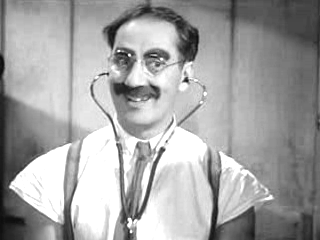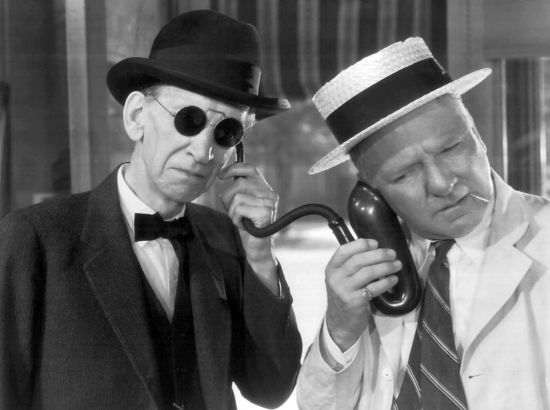Leaving a job: Telling people where to stick it and helping them remember where
I was in Woolworths the other day and decided to try out an alternative career as a check out chap using their self service system. I came away mystified and marveling – mystified as to how to open those flimsy plastic bags provided for your shopping and marveling that the professional check out jockeys manage this feat with elan. More importantly I came away with colonoscopies firmly forced right up into the forefront of my mind.
Parting may be sweet sorrow for Juliet, but whomever programmed the self-service’s parting comments at Woolies has evidently heard of neither William Shakespeare nor it would seem Nobel Laureate Dr Daniel Kahneman. There is nothing sweet about the parting shot from the Woolies self-service. Shoppers leave with “Please take your items…” ringing in their ears. Sounds fair enough until you detect in the intonation that something is missing at the end of this phrase. I find myself adding “and stick it up your…”. Thus I leave my local grocer miffed and colonoscopy-focussed. Which brings me to Danny Kahneman…
Kahneman famously studied colonoscopy procedures to see how the patients registered pain during the invasion and how they subsequently remembered their pain. Memory is important here because when we make decisions about most things in life, we rely on, to quote more Shakespeare, remembrance of things past. So if our memories of an event are aversive, we are less likely to voluntarily repeat the experience. Kahneman showed counter to intuition that longer colonoscopy procedures were not necessarily recalled as more painful than shorter procedures. The memory of the pain was associated most strongly with experiences of pain in the last few minutes of the indignity. So regardless of length, if you had a shocker in the last few minutes this tended to outweigh any fun had to that point.
In other words, whether it is your local grocer or a professional wielding a camera that goes where reality t.v. normally lives, if you want to engage the customer or patient for a voluntary repeat experience you need to leave them laughing or at least not howling like an inmate surprised in a shower. The final interaction colors our memories disproportionally.
The same principle applies right across career development. For instance Andrew Clark and Yannis Georgellis from Brunel University found that current job satisfaction is an inadequate measure for predicting whether folks will leave a job. It turns out when you ask someone whether they are satisfied in their job, they interrogate their memories, and memory being a tricky blighter throws up a response that is disproportionately biased toward current feelings.
They found that if you want to predict who will leave, measure job satisfaction regularly, and average across the peak level of satisfaction found over time and the most recent level of satisfaction. In fact peak satisfaction was twice as important as recent satisfaction in their predictions. The amount of change in satisfaction also predicted quit decisions as well. So to engage staff, aim to get the satisfaction levels as high as possible and monitor changes to try to keep them high. Don’t get complacent, if the latest levels have dropped a lot, it could spell trouble.
More generally, the leave them laughing principle applies to developing relationships and networking. Those who are good at these essential career skills are conscious of leaving interactions – meetings, calls, emails, texts or twitters – on a high note. So Woolies, consider adding “and thanks for your business”. With this principle in mind, thanks for reading this and till we met again, I wish you peak career satisfaction for the week ahead.
Related Posts








Nombre de http://www.brightandassociates.com.au a GoogleReader!
Ilias